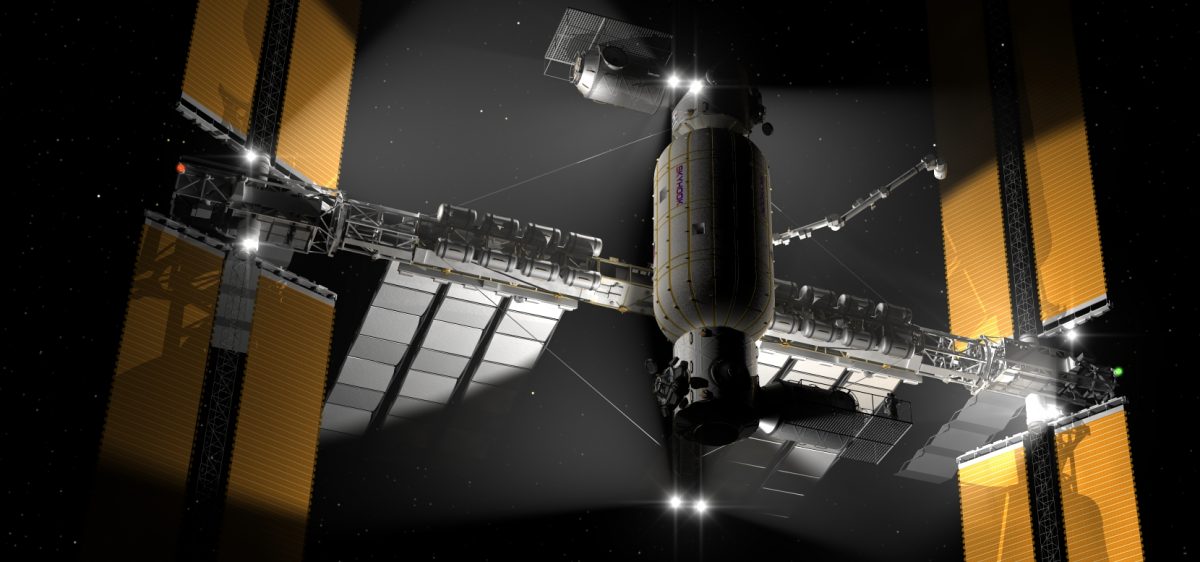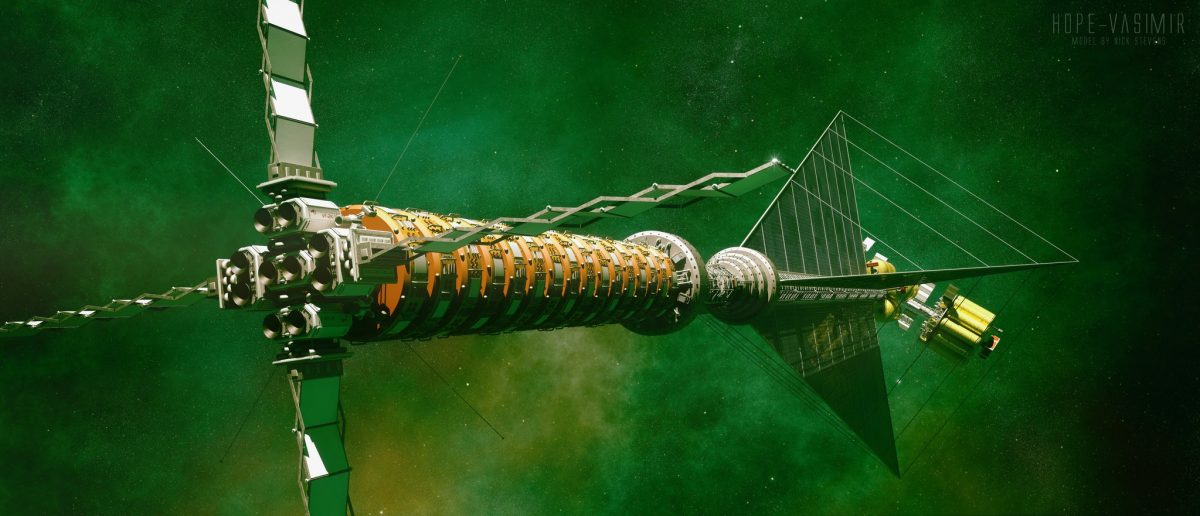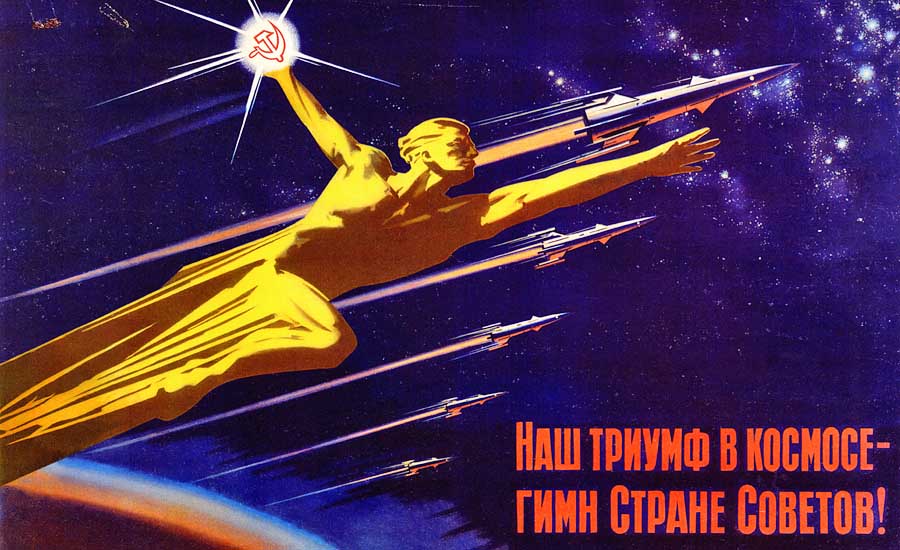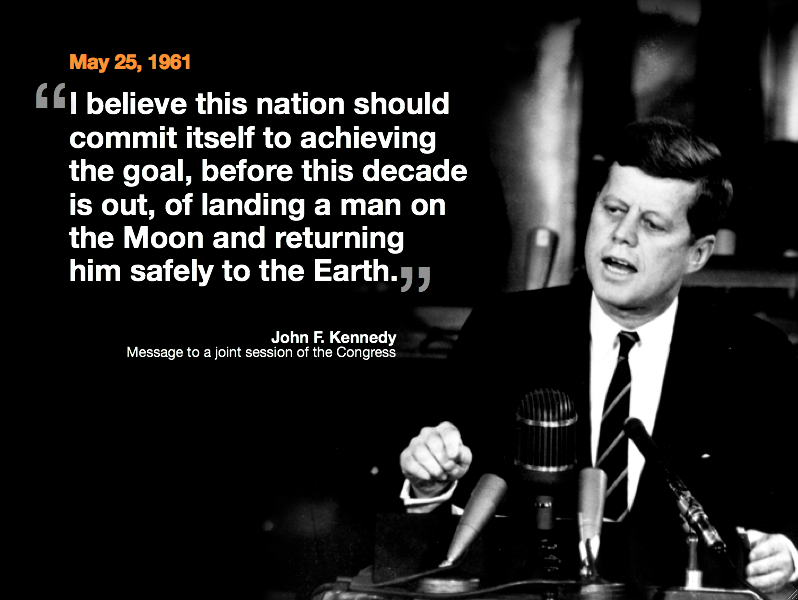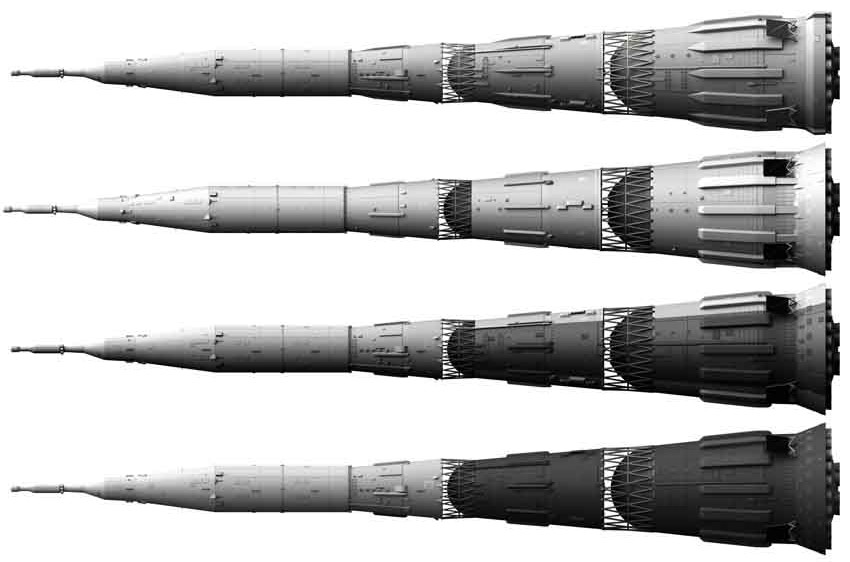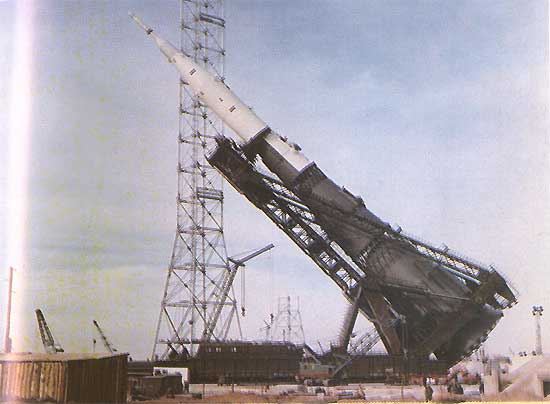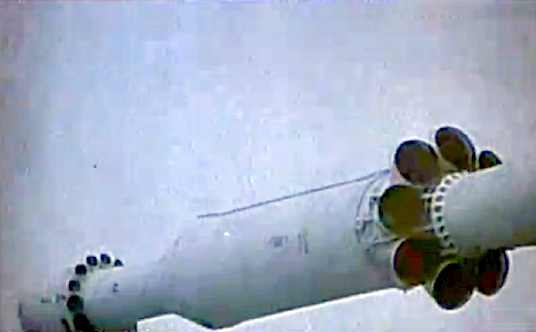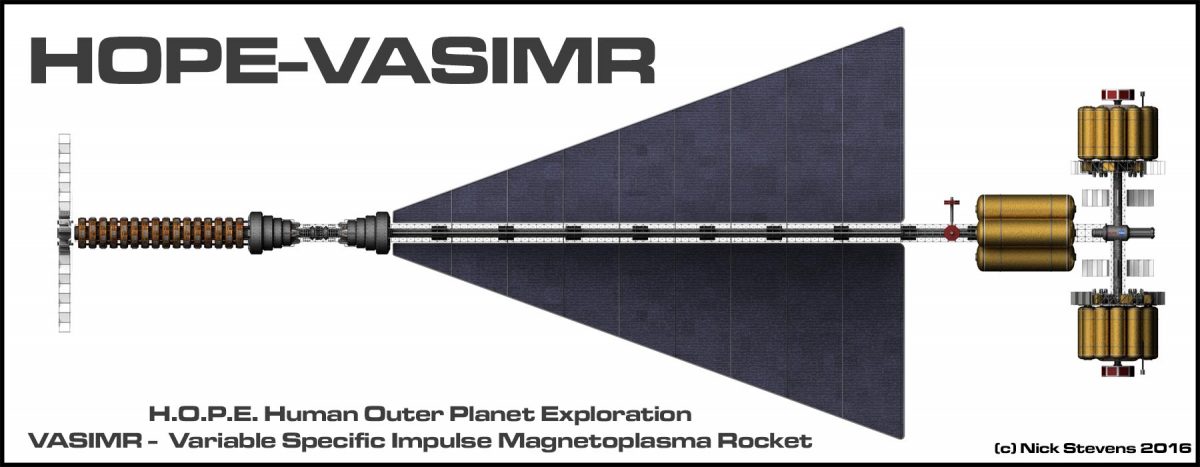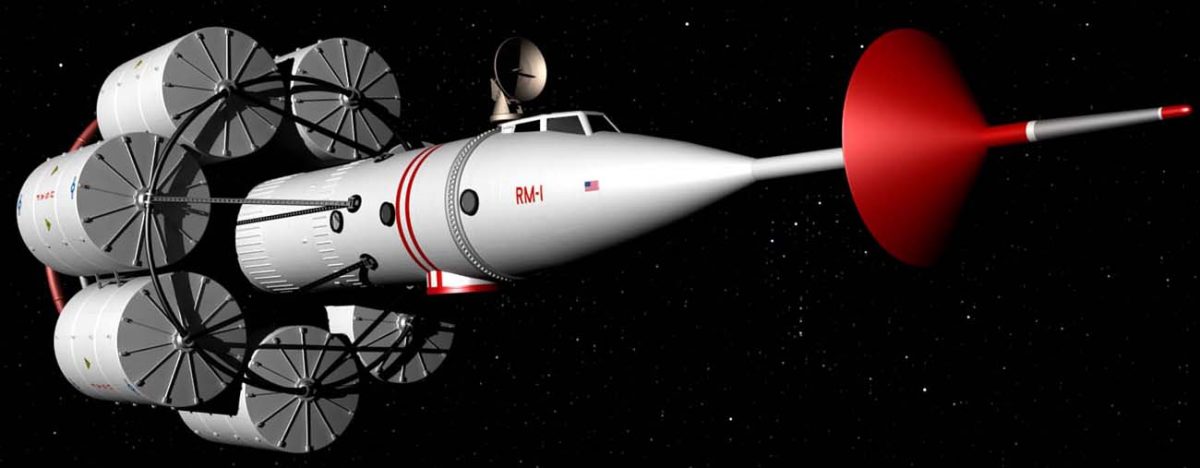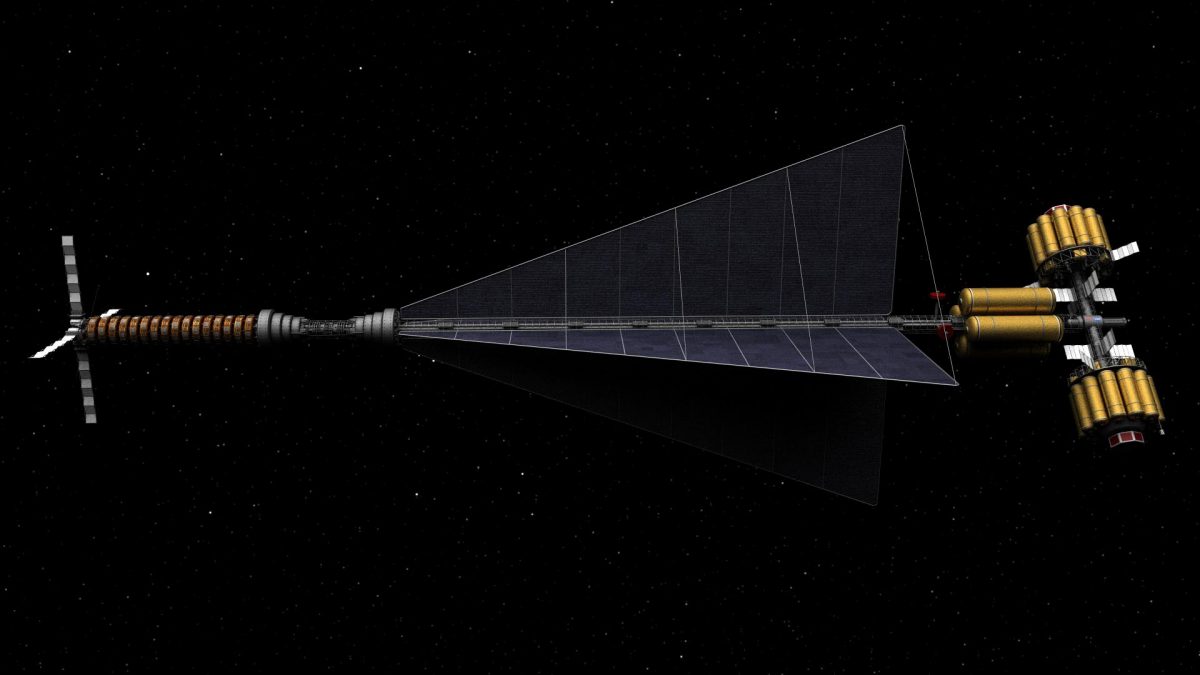The book is out!
I did all the custom graphics for this book, and am waiting for my copy to arrive.
Opening the High Frontier, by Eagle Sarmont.
It is about getting the cost of reaching orbit down to a managable level, and the history of how we have got here. It includes an extensive history or space exploration.
And there’s a considerable amount about the non-rotating skyhook, which was the focus of my graphics work.
I am particularly pround of the video, which shows a complete mission. This includes how a craft would rendezvour with the lower end of the skyhook, and get haulled up to the main station. It would then be transferred to the upper end, and reeled out before being released.
All visuals by me, and the soundtrack, (Done using the SmartSound system).
Continue reading “Opening the High Frontier – the book is out!”

